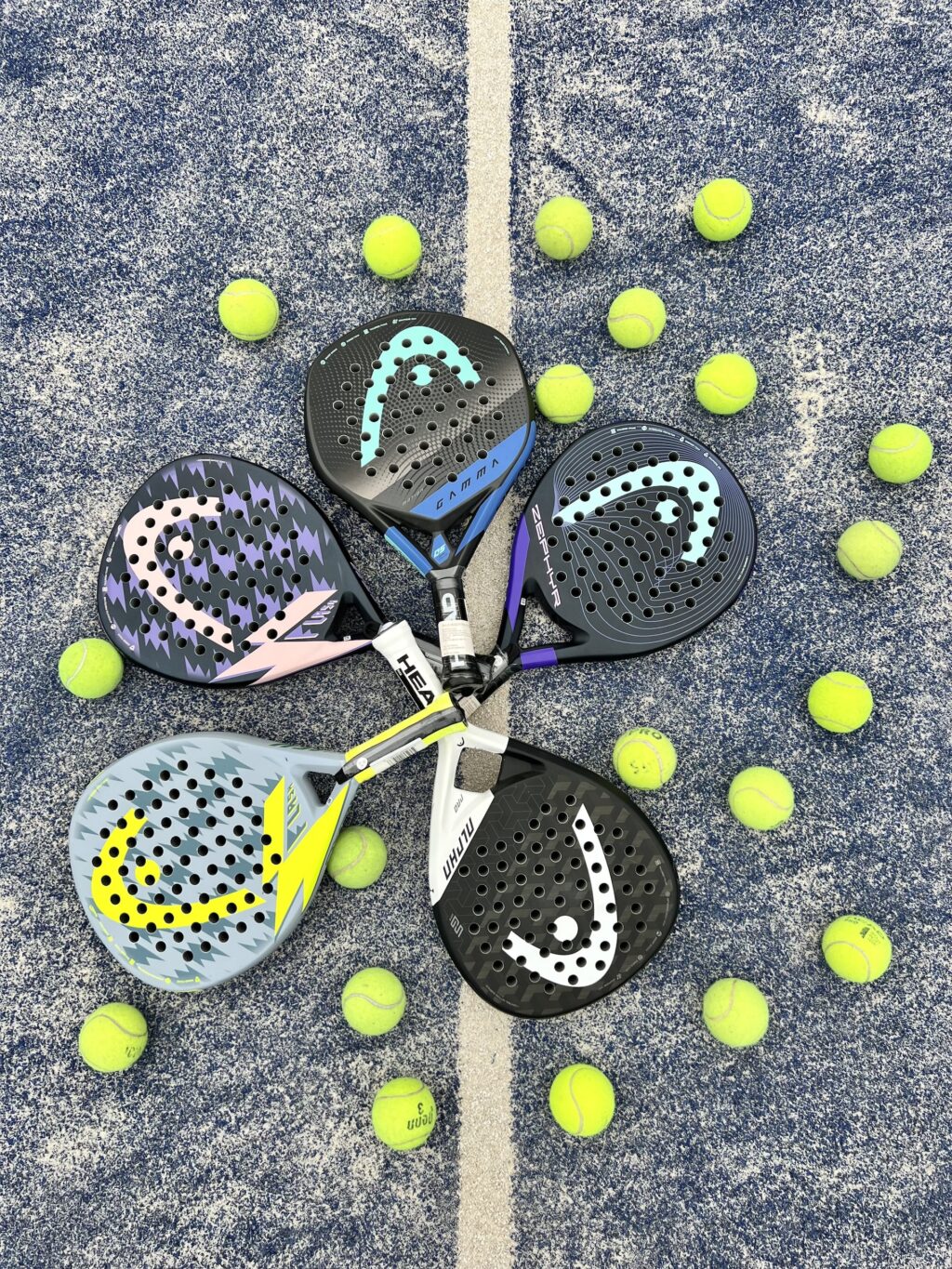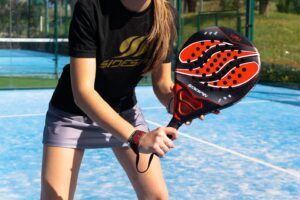Understanding the Anatomy of a Padel Racket
3 min read
Understanding the Anatomy of a Padel Racket
Introduction
Padel is an exciting and fast-paced sport. And, like any other sport, having the right equipment is crucial to your success. One of the most important pieces of equipment you need is a padel racket. Padel rackets come in different shapes, sizes, and materials, and every player has their preferences. In this article, we will guide you through the anatomy of a padel racket, so you can better understand how it works and how to choose the right one.
The Frame
The frame of a padel racket is the main structure that holds everything together. It is usually made of carbon fiber or a combination of carbon and other materials. The frame’s weight and stiffness will affect how the racket feels and how much power you can generate with it.
If you are a beginner, you might prefer a lighter frame which will allow you to hit the ball with more control. As you become more advanced, you might prefer a heavier frame that will give you more power.
The Surface
The surface, also called the face, of a padel racket is the part that comes into contact with the ball. It is usually made of a composite material, such as fiberglass, that provides a balance between power and control.
The surface has a rough texture that gives the ball more spin. More experienced players often prefer a surface with a rougher texture because it allows them to add more spin to their shots.
The Grip
The grip is the part of the padel racket that you hold onto. Grips are made of different materials, such as rubber or synthetic compounds, and come in different thicknesses.
The grip’s thickness will affect how comfortable the racket feels in your hand. If the grip is too thin, you might find it difficult to hold onto. If the grip is too thick, it can feel bulky and heavy.
The Shape
Padel rackets come in different shapes, each designed to suit different playing styles. The most common shapes are diamond, teardrop, and round.
Diamond-shaped rackets are popular with attacking players because they offer more power and weight behind your shots. Teardrop-shaped rackets are more balanced and are suitable for intermediate players. Round-shaped rackets are the most forgiving and are the best choice for beginners.
The Bottom Line
Choosing the right padel racket can make a significant difference in your game. It is essential to consider your playing style, level of experience, and personal preferences when selecting a racket.
Remember that the frame, surface, grip, and shape of the racket are all crucial parts of its anatomy. Each part affects how the racket feels and performs, so take the time to find the racket that suits you the best.
So, whether you are a beginner or a seasoned player, investing in the right padel racket is essential for your success on the court. With this guide, you can better understand the anatomy of a padel racket and choose the right one for you.







